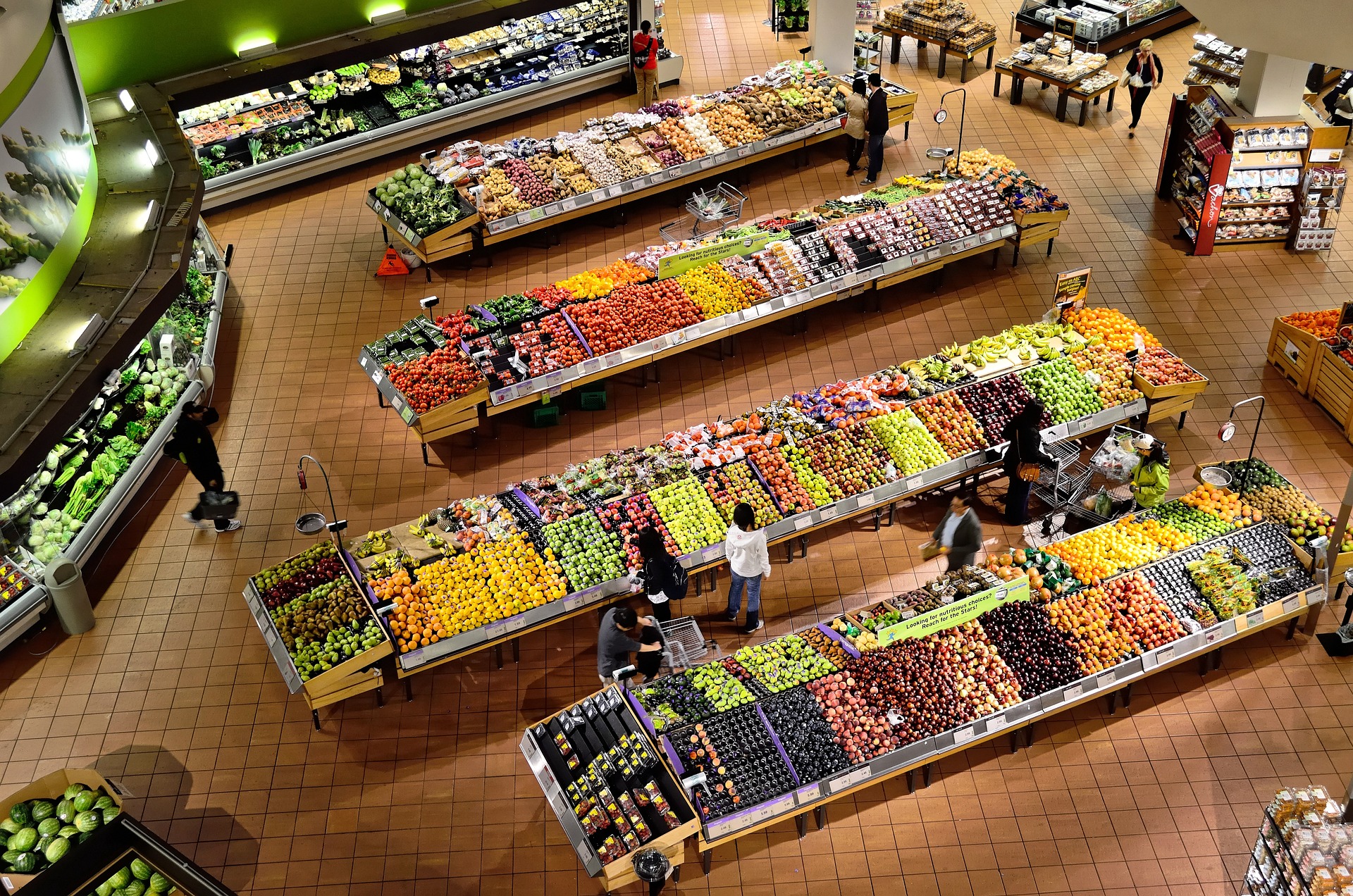
The aim is to put the Hungarian food industry's productivity in the top half of the European league.Continue reading

The food industry is the second largest employing sector after the automotive sector, reports Index. The government’s competitiveness strategy sets out strong commitments and ambitious plans to boost the industry.
The Hungarian government’s food sector vision for the period 2024-2030 is expected to include the following points:
If all goes well, the restructuring and implementation of support and regulatory systems will lead to scale-efficient production that is competitive in international markets.
According to the Ministry for National Economy, automation, AI, smart sensors, robotics, and Industry 4.0 (the integration of intelligent digital technologies into manufacturing and industrial processes) are now inevitable. The combined result is increased production efficiency and reduced labor requirements. The food processing automation market is expected to reach USD 17.46 billion by 2026, with an annual growth rate of 9.63%.
The government has divided the strategic goals for the competitiveness of the domestic food industry into three main groups, and includes proposals for each of them.
Protection of domestic companies, soft protectionism
Strengthening technology, digitalization
Export promotion
Presenting the Competitiveness Strategy, Minister for National Economy Márton Nagy emphasized that the government aims to restore economic growth in 2024, and further increase it in 2025, so that Hungary reaches 90% of the European Union’s development level by 2030.
This requires an employment rate of 85% and an investment rate of 30% of GDP, of which business investment accounts for 20 percentage points.
To achieve these targets, a new competitiveness strategy is needed based on suggestions from companies, taking into account the problems and responses of nearly 1,300 companies in six priority sectors, namely:
At the April Foodtech Show, the Vice President of the Hungarian Chamber of Agriculture, responsible for the food industry, noted that the main objective is to help small, medium, and large companies to find innovative solutions that can be a tool for development, as food companies need to develop in order to remain competitive. Tamás Éder announced that in the next few weeks, calls for proposals will be launched to provide HUF 200 billion (EUR 517 million) in support for operators in the sector, which could serve as a basis for competitive and sustainable investments.
Via Index; Featured image via Facebook/Szijjártó Péter